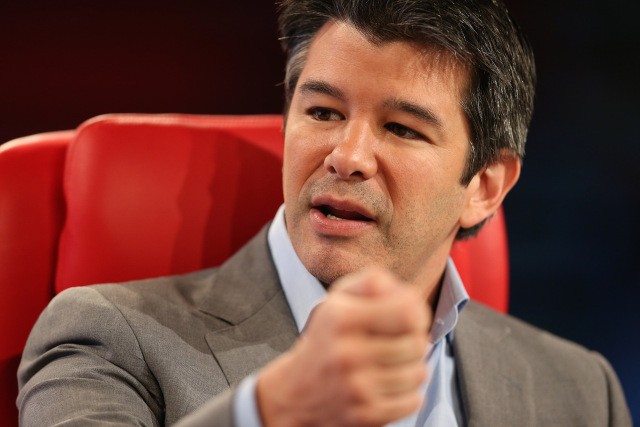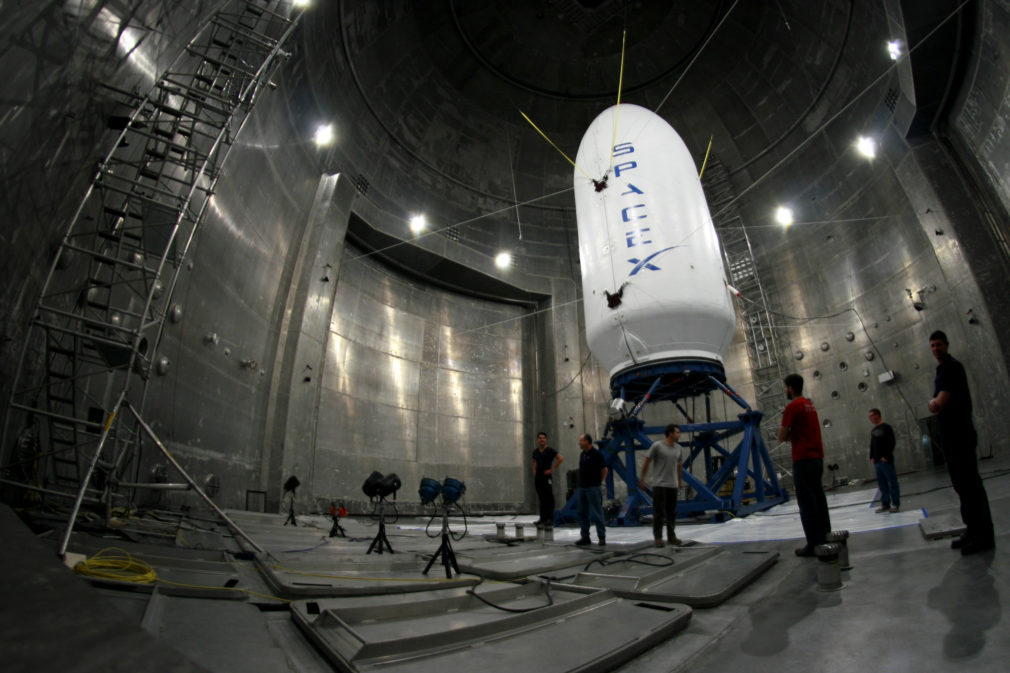Smart devices, or popularly called connected devices, have been increasingly making inroads into our everyday lives. In fact, the number of startups coming up in IoT (Internet of Things), has risen dramatically over the pas couple of years. Now, further corroborating this increasing trend in smart devices market, Gartner has released a research report, wherein it expects smart cities to employ a massive 1.1 Billion smart devices, by this year’s end.
Smart homes and smart commercial buildings will represent 45% of total connected things in use in 2015, due to investment and service opportunity, and Gartner estimates that this will rise to 81% by 2020. Bettina Tratz-Ryan, research VP at Gartner says,
Smart cities represent a great revenue opportunity for technology and services providers (TSPs), but providers need to start to plan, engage and position their offerings now
Gartner defines a smart city as an urbanized area where multiple sectors cooperate to achieve sustainable outcomes through the analysis of contextual, real-time information shared among sector-specific information and operational technology systems.
Tratz-Ryan further added,
The majority of Internet of Things (IoT) spending for smart cities will come from the private segment. This is good news for TSPs as the private sector has shorter and more succinct procurement cycles than public sectors and cities.
However, it isn’t just the commercial sector which will use up all of the expected smart devices. Gartner says that residential citizens will lead the way by increasingly investing in smart-home solutions, with the number of connected things used in smart homes to surpass one billion units in 2017. Connected things include smart LED lighting, healthcare monitoring, smart locks and various sensors for such things as motion detection or carbon monoxide.
Smart LED lighting will record the highest growth of IoT consumer applications, from six million units in 2015 to 570 million units by 2020. Light will move from being an illumination source to a communications carrier incorporating safety, health, pollution and personalized services.
Tratz Ryan says,
Homes will move from being interconnected to become information- and smart-enabled, with an integrated services environment that not only provides value to the home, but also creates individual-driven ambiance. The home will become the personal space that provides assistance or personal concierge experiences to the individual
And that’s not it. The research company expects this number to grow by almost 9 times, to a staggering 9.7 Billion devices by the end of 2020, making it an addition of over 1.7 Billion devices yearly.





